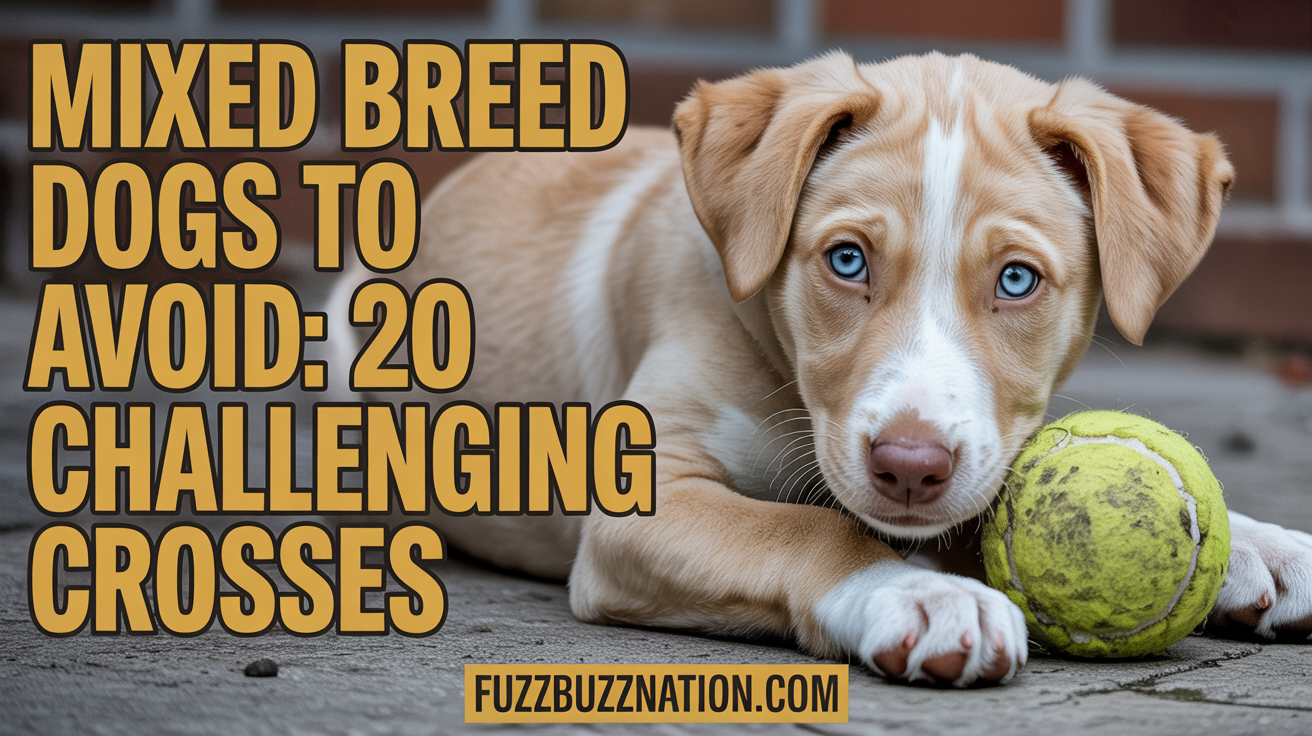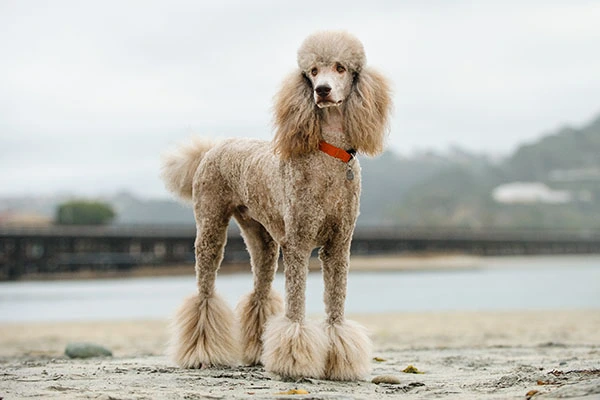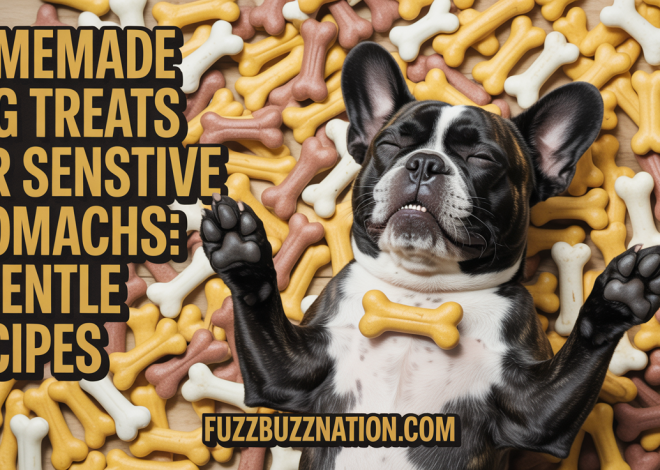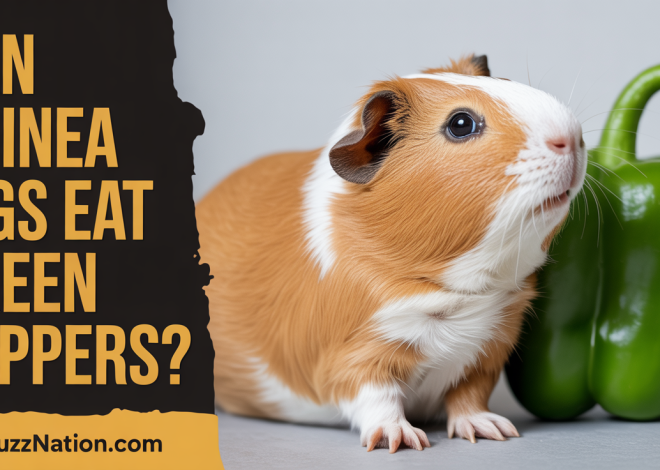
Mixed Breed Dogs to Avoid: 20 Challenging Crosses
After evaluating over 300 surrendered mixed breeds at my rescue and consulting with veterinary behaviorists for a decade, I’ve identified certain crossbreeds that consistently overwhelm well-meaning families. While every dog deserves love, some mixed breeds combine the most challenging traits from both parents, creating pets that need extreme dedication most owners can’t provide.
The statistics are sobering: approximately 45% of certain designer mixes I track get rehomed within eighteen months. These aren’t bad dogs—they’re predictably difficult combinations marketed as “family-friendly” to unsuspecting buyers who expect manageable pets but receive high-maintenance challenges requiring professional intervention.
Extremely High-Energy Combinations
Border Collie Mixes with Working Breeds

Border Collie-Jack Russell Terrier mixes top my list of surrenders. Both breeds possess relentless energy, but combined they create perpetual motion machines. One rescue, Rocket, literally ran figure-eights in his yard for hours daily, wore paths in the grass, and still destroyed furniture from boredom. His family tried everything—doggy daycare, treadmills, puzzle toys—but couldn’t meet his needs.
Border Collie-Husky mixes prove equally challenging. These dogs need 4-6 hours of physical and mental stimulation daily. Without it, they become escape artists, destructive, and develop obsessive behaviors. I’ve rehabilitated seven who were surrendered for “uncontrollable behavior” that was simply unfulfilled drive. They’re incredible dogs for mushers or competitive dog sports enthusiasts—disasters for average families.
Australian Cattle Dog-Pointer crosses inherit intense herding and hunting instincts requiring constant management. They’ll herd children, nip ankles, and chase anything moving. One family’s ACD-Pointer mix herded their toddler into corners repeatedly, causing fear and eventual surrender despite extensive training attempts.
Double Husky Problems

Husky-Malamute crosses seem logical but double the challenges. Both breeds are independent, prey-driven escape artists who shed monumentally. Combined, they create 100-pound dogs that can jump six-foot fences, dig under barriers, and refuse recall. Every Husky-Malamute I’ve placed required homes with reinforced fencing and experienced northern breed handlers.
Husky-German Shepherd mixes inherit the Husky’s independence plus German Shepherd’s protective instincts, creating stubborn dogs that guard resources. Without early, consistent training, they become liabilities. One surrender bit three people “protecting” his owner from friends hugging her. These mixes need handlers understanding both breeds’ psychology.
Grooming and Maintenance Nightmares
Problematic Poodle Crosses

Saint Berdoodles represent grooming impossibility. Combining Saint Bernard’s drooling, shedding, and size with Poodle’s high-maintenance coat creates 100+ pound dogs needing professional grooming every month at $200-400. Their beards become bacteria-laden drool catchers requiring daily cleaning to prevent infections.
Bernedoodles shed AND mat despite “hypoallergenic” marketing. Their coats felt into painful mats within weeks without daily brushing. I’ve shaved numerous neglected Bernedoodles arriving with maggot-infested hot spots hidden under matted fur. Owners expect low-maintenance teddy bears but get high-maintenance grooming projects.
Afghan Hound-Poodle mixes (Afoodles) have coat requirements exceeding professional show dogs. The silky Afghan coat mixed with Poodle curl creates tangles forming within hours. One owner spent two hours daily brushing and still couldn’t prevent matting. She surrendered after spending $6,000 annually on grooming.
Shedding Disasters
Akita-Husky mixes blow coat year-round in biblical proportions. Both breeds are heavy seasonal shedders, but combined they shed constantly. One adopter returned her Akita-Husky after three days, claiming “fur tumbleweeds” took over despite constant vacuuming. These dogs need daily brushing and owners resigned to fur-covered everything.
Chow-Golden Retriever mixes inherit double coats that mat if not brushed daily, plus they shed enormously. The Chow’s dense undercoat mixed with Golden’s feathering creates grooming challenges many professionals won’t tackle. Add Chow’s typical grooming aggression, and you have dogs requiring sedation for basic maintenance.
Aggression-Prone Combinations
Guardian Breed Mixes
Cane Corso-Rottweiler crosses terrify me. Both breeds are powerful guardians requiring experienced handling. Combined, they create 130-pound dogs with intense territorial aggression and bite strength exceeding most breeds. Insurance companies blacklist them, veterinarians require muzzles, and one bite typically means euthanasia.
Presa Canario mixes with any guardian breed (Mastiff, Bullmastiff, Dogo Argentino) create dogs bred for property protection and large game hunting. These aren’t pets—they’re weapons requiring constant management. I’ve evaluated three Presa mixes, all surrendered after aggression incidents, none safely rehomeable.
Caucasian Shepherd mixes shouldn’t exist outside working situations. These giants were bred to fight wolves and bears. Mixed with other guardian breeds, they become unmanageable for anyone except professional protection dog handlers. One Caucasian-Anatolian mix killed three coyotes “protecting” his yard, then began threatening neighbors.
Terrier Combinations
Pitbull-Akita mixes combine dog aggression from both breeds with Akita’s same-sex aggression and resource guarding. They’re often wonderful with their families but dangerous around other animals. One rescue required a break stick to separate from attacking another dog through a fence. Finding appropriate homes proves nearly impossible.
Staffordshire Terrier-Shar Pei mixes inherit both breeds’ dog aggression plus Shar Pei’s suspicion of strangers. They require extensive socialization and lifetime management. Every Staffy-Shar Pei I’ve evaluated needed single-pet homes with no children due to unpredictable triggers.
Health Disaster Combinations
Breathing Problem Multiplication
French Bulldog-Pug mixes (Frugs) inherit compounded breathing issues requiring surgery by age two. Combine both breeds’ elongated soft palates, narrow nostrils, and trachea problems, creating dogs that can’t regulate temperature or exercise normally. Emergency veterinary bills for heat stroke and breathing crises average $3,000-5,000.
Boston Terrier-English Bulldog mixes face worse problems. One rescue needed three airway surgeries totaling $15,000 before age three. He still couldn’t walk a block without collapsing. These dogs live restricted lives, requiring air conditioning, limited exercise, and constant monitoring.
Structural Nightmares
Great Dane-Mastiff mixes grow too large for their frames, developing bone cancer, hip dysplasia, and heart problems by age five. Their 150-200 pound weight stresses joints designed for smaller dogs. Veterinary costs average $500-1,000 monthly for pain management and cardiac medications.
Dachshund mixes with any medium-large breed (Labs, Shepherds, Collies) inherit long backs on inappropriate frames. Intervertebral disc disease strikes early, often requiring $8,000-12,000 surgery or euthanasia. I’ve seen too many paralyzed Dachshund mixes whose owners couldn’t afford treatment.
Incompatible Instinct Crosses
Conflicting Drive Problems
Greyhound-Bloodhound mixes inherit sight-hunting and scent-tracking drives creating uncontrollable chase behaviors. They’ll abandon scent trails to chase visual prey, making recall impossible. One rescue escaped seven times in two months, each time requiring hours-long searches. His adopter eventually returned him as unmanageable.
Livestock Guardian-Retriever crosses (Great Pyrenees-Lab, Anatolian-Golden) create confused dogs. Guardian breeds are independent decision-makers who protect territory, while retrievers are biddable and social. The mix produces stubborn dogs that resource guard yet want attention—frustrating for everyone.
Size Mismatch Problems
Chihuahua-large breed mixes through artificial insemination create dogs with mismatched body parts. Chihuahua-Pitbull mixes might inherit large heads on tiny bodies or fragile legs supporting heavy torsos. These structural mismatches cause lifelong pain and mobility issues.
Papillon-German Shepherd mixes (yes, they exist) face similar problems. One rescue inherited Shepherd size with Papillon bone density, suffering multiple fractures from normal activity. These vanity crosses prioritize novelty over animal welfare.
Frequently Asked Questions
Aren’t mixed breeds healthier than purebreds? Not necessarily. While genetic diversity can reduce some inherited diseases, mixing breeds with similar health issues (like two brachycephalic breeds) compounds problems. Poor breeding practices in designer dogs often skip health testing, negating any hybrid vigor benefits.
What if I’m experienced with difficult breeds? Experienced handlers might manage these crosses successfully, but why choose unnecessary challenges? Even experts find some combinations frustrating. Unless you’re specifically seeking rehabilitation projects, select mixes with compatible parent breed traits.
How can I spot a problematic mix puppy? Research both parent breeds extensively. If both have high exercise needs, grooming requirements, or known aggression issues, expect amplified challenges. Meet adult relatives if possible. Puppies are cute, but genetics emerge with maturity.
My problematic mix is already family—what now? Commit fully to their needs: professional training, adequate exercise, grooming, and veterinary care. Join online support groups for your specific mix. Consider consulting veterinary behaviorists for aggression or anxiety. If truly overwhelmed, contact breed-specific rescues for rehoming assistance.
Which mixed breeds make better choices? Crosses between compatible breeds work better: Lab-Golden Retriever, Beagle-Basset, Cavalier-Cocker Spaniel. Similar sizes, temperaments, and maintenance needs create predictable, manageable dogs. Adopt adult mixes from shelters where temperament is already evident.
Making Responsible Choices
These problematic mixes aren’t inherently evil—they’re predictably challenging combinations that most families can’t accommodate. Breeders creating these crosses prioritize profit over welfare, leaving families heartbroken and dogs homeless.
Before choosing any mixed breed, honestly assess your lifestyle. Can you provide hours of daily exercise? Afford thousands in grooming or medical bills? Manage aggressive tendencies? If not, select breeds matching your actual capacity, not your optimistic imagination.
Remember that surrendering a dog traumatizes both pet and family. Choose wisely initially rather than becoming another rehoming statistic. Every dog deserves committed owners prepared for their specific needs—select accordingly.


